Feline Lower Urinary Tract Disease (FLUTD) is a group of disorders affecting a cat’s bladder and urethra, causing pain, inflammation, and discomfort. One of the most serious conditions associated with FLUTD is urethral obstruction, a life-threatening condition that requires immediate veterinary attention. At West Vets Emergency Veterinary Clinic in Westerville, Ohio, we provide prompt emergency care to treat FLUTD and urethral obstructions, ensuring your cat receives the care they need.
What is FLUTD?
FLUTD encompasses a range of conditions that affect the lower urinary tract of cats, leading to difficulty urinating, pain, and frequent trips to the litter box. The causes of FLUTD vary and can include urinary tract infections, bladder stones, or idiopathic cystitis, an inflammation of the bladder without a clear cause.
Common symptoms of FLUTD include:
- Straining to urinate
- Frequent trips to the litter box with little urine output
- Blood in the urine
- Vocalizing while urinating
- Excessive licking of the genital area
FLUTD is a condition that can affect any cat, but certain risk factors, such as stress, diet, obesity, and a sedentary lifestyle, increase the likelihood of developing the disease. Cats that experience recurring FLUTD may be at a higher risk of developing more severe complications, such as urethral obstruction.
For a complete guide on pet health symptoms that require a veterinary exam, check out our Pet Health Signs That Warrant a Veterinary Exam page.
Understanding Urethral Obstruction
One of the most dangerous complications of FLUTD is urethral obstruction, which occurs when the urethra becomes blocked, preventing the cat from urinating. Male cats are more prone to urethral obstruction due to their narrow urethra, making it easier for debris, stones, or inflammatory materials to cause a blockage.
Signs of urethral obstruction include:
- Straining to urinate with little or no urine output
- Crying out in pain while attempting to urinate
- Moving in and out of the litter box frequently
- Lethargy or weakness
- Vomiting
- Bloody urine
Urethral obstruction is an emergency that requires immediate veterinary intervention. Without treatment, the obstruction can lead to kidney failure, a ruptured bladder, or even death. If your cat shows any signs of urethral obstruction, it’s crucial to seek emergency care right away. Visit our Emergency and Critical Care page for more information on how we handle urgent cases.
Diagnosis and Treatment
Diagnosing FLUTD or urethral obstruction begins with a thorough physical exam and diagnostic tests, such as urinalysis, blood work, and imaging. These tests help determine the underlying cause of your cat’s urinary problems, allowing the veterinary team to develop a treatment plan.
For cats with urethral obstruction, treatment often involves inserting a catheter to remove the blockage and relieve pressure on the bladder under anesthesia. In severe cases, an abdominal surgery may be required to remove stones or debris. Pain management and fluid therapy are essential parts of the treatment process to ensure your cat recovers comfortably.
After emergency treatment, your veterinarian will work with you to develop a long-term plan to manage your cat’s urinary health and prevent future occurrences. Regular follow-up appointments and preventative measures can significantly reduce the risk of recurrence.
Preventing FLUTD and Urethral Obstruction
While some cases of FLUTD are unavoidable, there are several steps cat owners can take to reduce the risk of developing this condition. Here are some helpful tips for prevention:
- Encourage hydration: Feeding wet food or adding water to your cat’s diet helps keep them hydrated, which is crucial for urinary tract health.
- Maintain a healthy weight: Obesity is a known risk factor for FLUTD, so keeping your cat at a healthy weight can lower their risk.
- Litter box cleanliness: A clean litter box reduces stress for your cat, which can help prevent stress-related urinary problems.
- Reduce stress: Providing a calm, enriched environment with plenty of toys, hiding spots, and mental stimulation can help prevent flare-ups of FLUTD.
For tips on reducing stress and creating a healthy environment, visit our page on Environmental Enrichment for Whole Cat Health.
When to Seek Emergency Care

Urethral obstruction is a medical emergency, and time is of the essence. If your cat is straining to urinate, vocalizing in pain, or showing any signs of distress, it’s important to seek veterinary care immediately. Early intervention can save your cat’s life and prevent serious complications.
At West Vets Emergency Veterinary Clinic, we are equipped to handle emergencies and provide the critical care your cat needs. Don’t wait—visit our Make an Appointment page or Contact Us for urgent assistance.
Conclusion
FLUTD and urethral obstruction are serious conditions that require prompt attention. By recognizing the symptoms early and seeking veterinary care, you can help prevent life-threatening complications. Proactive care, routine checkups, and a stress-free environment can go a long way in keeping your cat’s urinary tract healthy. Contact West Vets Emergency Veterinary Clinic for expert care and guidance in managing your cat’s health.


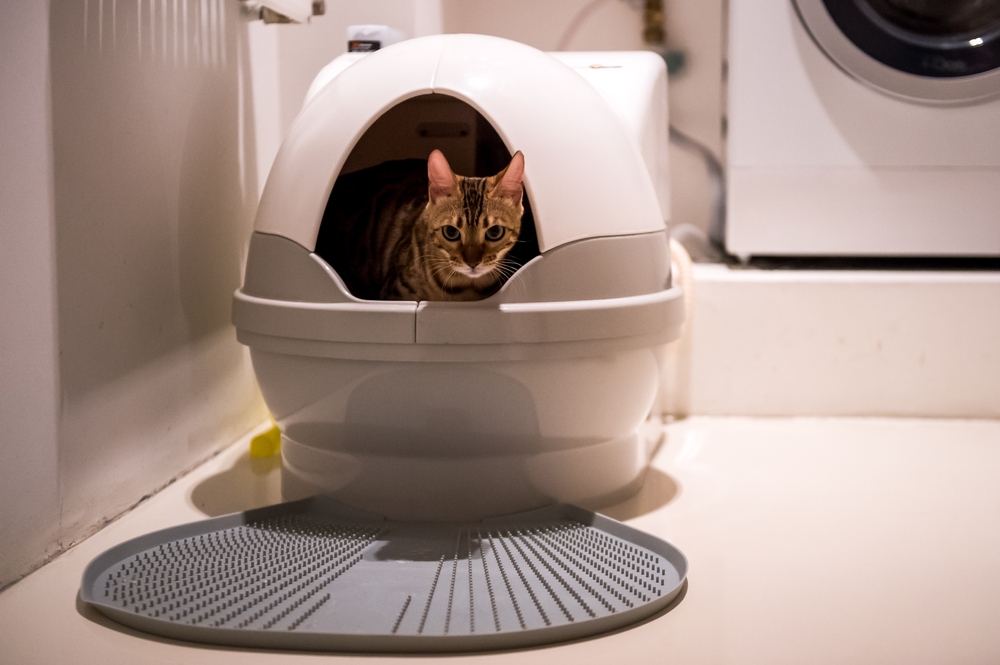
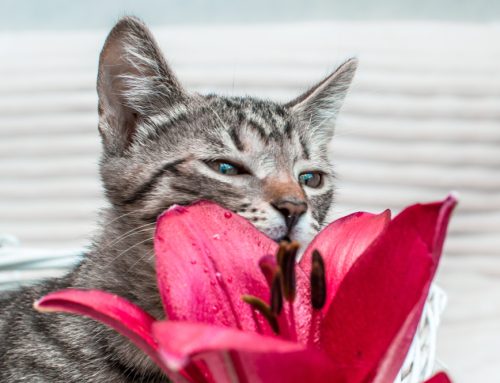
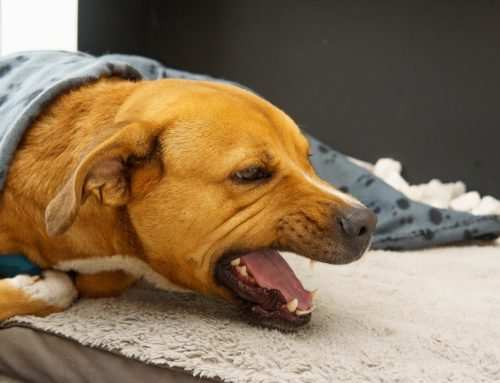
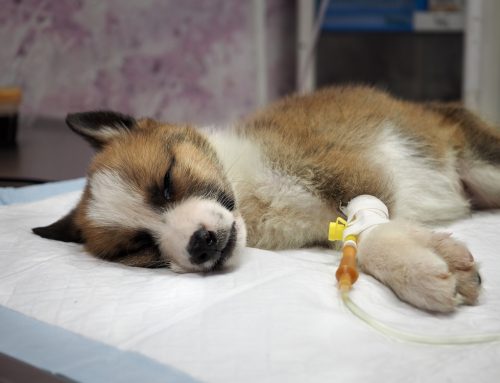
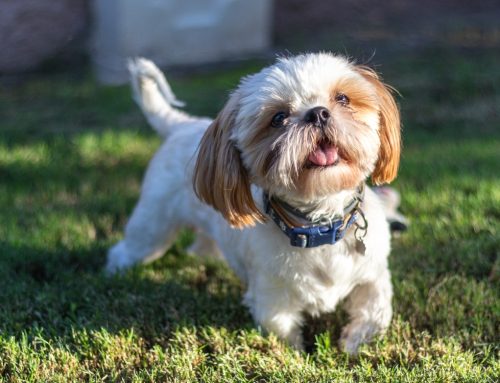
Leave A Comment